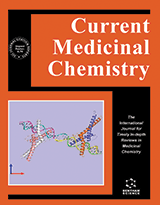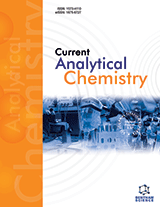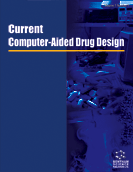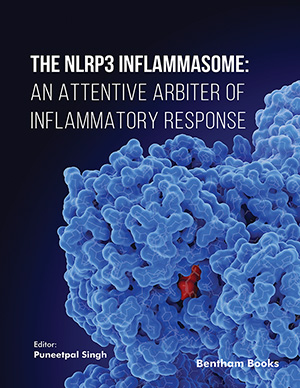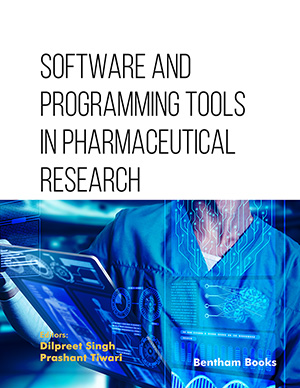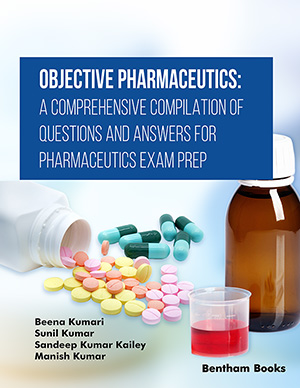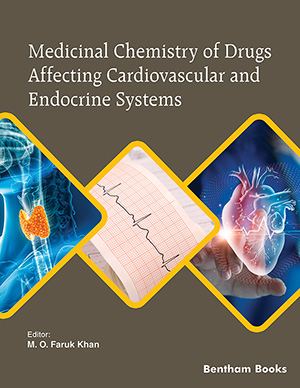Abstract
Coenzyme Q10 (ubiquinone), which serves as the electron acceptor for complexes I and II of the mitochondrial electron transport chain and also acts as an antioxidant, has the potential to be a beneficial agent in neurodegenerative diseases in which there is impaired mitochondrial function and / or excessive oxidative damage. Substantial data have accumulated to implicate these processes in the pathogenesis in certain neurodegenerative disorders, including Parkinsons disease, Huntingtons disease and Friedreichs ataxia. Although no study to date has unequivocally demonstrated that coenzyme Q10 can slow the progression of a neurodegenerative disease, recent clinical trials in these three disorders suggest that supplemental coenzyme Q10 can slow the functional decline in these disorders, particularly Parkinsons disease.
Keywords: coenzyme, mitochondria, antioxidant, neurodegeneration
Current Medicinal Chemistry
Title: Coenzyme Q10 in Neurodegenerative Diseases
Volume: 10 Issue: 19
Author(s): Clifford W. Shults
Affiliation:
Keywords: coenzyme, mitochondria, antioxidant, neurodegeneration
Abstract: Coenzyme Q10 (ubiquinone), which serves as the electron acceptor for complexes I and II of the mitochondrial electron transport chain and also acts as an antioxidant, has the potential to be a beneficial agent in neurodegenerative diseases in which there is impaired mitochondrial function and / or excessive oxidative damage. Substantial data have accumulated to implicate these processes in the pathogenesis in certain neurodegenerative disorders, including Parkinsons disease, Huntingtons disease and Friedreichs ataxia. Although no study to date has unequivocally demonstrated that coenzyme Q10 can slow the progression of a neurodegenerative disease, recent clinical trials in these three disorders suggest that supplemental coenzyme Q10 can slow the functional decline in these disorders, particularly Parkinsons disease.
Export Options
About this article
Cite this article as:
Shults W. Clifford, Coenzyme Q10 in Neurodegenerative Diseases, Current Medicinal Chemistry 2003; 10 (19) . https://dx.doi.org/10.2174/0929867033456882
| DOI https://dx.doi.org/10.2174/0929867033456882 |
Print ISSN 0929-8673 |
| Publisher Name Bentham Science Publisher |
Online ISSN 1875-533X |
Call for Papers in Thematic Issues
Advances in Medicinal Chemistry: From Cancer to Chronic Diseases.
The broad spectrum of the issue will provide a comprehensive overview of emerging trends, novel therapeutic interventions, and translational insights that impact modern medicine. The primary focus will be diseases of global concern, including cancer, chronic pain, metabolic disorders, and autoimmune conditions, providing a broad overview of the advancements in ...read more
Cellular and Molecular Mechanisms of Non-Infectious Inflammatory Diseases: Focus on Clinical Implications
The Special Issue covers the results of the studies on cellular and molecular mechanisms of non-infectious inflammatory diseases, in particular, autoimmune rheumatic diseases, atherosclerotic cardiovascular disease and other age-related disorders such as type II diabetes, cancer, neurodegenerative disorders, etc. Review and research articles as well as methodology papers that summarize ...read more
Chalcogen-modified nucleic acid analogues
Chalcogen-modified nucleosides, nucleotides and oligonucleotides have been of great interest to scientific research for many years. The replacement of oxygen in the nucleobase, sugar or phosphate backbone by chalcogen atoms (sulfur, selenium, tellurium) gives these biomolecules unique properties resulting from their altered physical and chemical properties. The continuing interest in ...read more
Current advances in inherited cardiomyopathy
Describe in detail all novel advances in multimodality imaging related to inherited cardiomyopathy diagnosis and prognosis. Shed light to deeper phenotypic characterization. Acknowledge recent advances in genetics, genomics and precision medicineread more
 7
7
- Author Guidelines
- Graphical Abstracts
- Fabricating and Stating False Information
- Research Misconduct
- Post Publication Discussions and Corrections
- Publishing Ethics and Rectitude
- Increase Visibility of Your Article
- Archiving Policies
- Peer Review Workflow
- Order Your Article Before Print
- Promote Your Article
- Manuscript Transfer Facility
- Editorial Policies
- Allegations from Whistleblowers
- Announcements
Related Articles
-
There is a Link Between Erectile Dysfunction and Heart Failure: It could be Inflammation
Current Drug Targets Identification of Potent Caspase-3 Inhibitors for Treatment of Multi- Neurodegenerative Diseases Using Pharmacophore Modeling and Docking Approaches
CNS & Neurological Disorders - Drug Targets The Rabbit as an Experimental and Production Animal: From Genomics to Proteomics
Current Protein & Peptide Science Potential Therapeutic Targets in Cirrhotic Cardiomyopathy
Cardiovascular & Hematological Disorders-Drug Targets Potential Therapeutic Effects of Na+/Ca2+ Exchanger Inhibition in Cardiac Diseases
Current Medicinal Chemistry Advanced Glycation: How are we Progressing to Combat this Web of Sugar Anomalies in Diabetic Nephropathy
Current Pharmaceutical Design Epicardial and Intramyocardial Adipose Tissue: The Enemy within
Immunology, Endocrine & Metabolic Agents in Medicinal Chemistry (Discontinued) Gene Therapy to Improve High-Density Lipoprotein Metabolism and Function
Current Pharmaceutical Design Hemodynamic Assessment and In vivo Catabolism of Adenosine 5’-triphosphate in Doxorubicin or Isoproterenol-induced Cardiovascular Toxicity
Drug Metabolism Letters Novel Therapeutic Targets for Phosphodiesterase 5 Inhibitors: current state-of-the-art on systemic arterial hypertension and atherosclerosis
Current Pharmaceutical Biotechnology Cardiac Imaging in Heart Failure with Comorbidities
Current Cardiology Reviews Delivery of Large Genomic DNA Inserts > 100 kb Using HSV-1 Amplicons
Current Gene Therapy Metallothionein as a Scavenger of Free Radicals - New Cardioprotective Therapeutic Agent or Initiator of Tumor Chemoresistance?
Current Drug Targets Pharmacological Characteristics and Clinical Applications of K201
Current Clinical Pharmacology The Progress Towards the Development of DHQO Derivatives and Related Analogues with Inotropic Effects
Mini-Reviews in Medicinal Chemistry Fetuin-A: A Multifunctional Protein
Recent Patents on Endocrine, Metabolic & Immune Drug Discovery Cardiac Mitochondrial Alterations Observed in Hyperglycaemic Rats - What Can We Learn From Cell Biology?
Current Diabetes Reviews The Impact of Small Heat Shock Proteins (HspBs) in Alzheimer’s and Other Neurological Diseases
Current Pharmaceutical Design Quinone-Based Drugs: An Important Class of Molecules in Medicinal Chemistry
Medicinal Chemistry Sirtuin Inhibitors: An Overview from Medicinal Chemistry Perspective
Anti-Cancer Agents in Medicinal Chemistry


